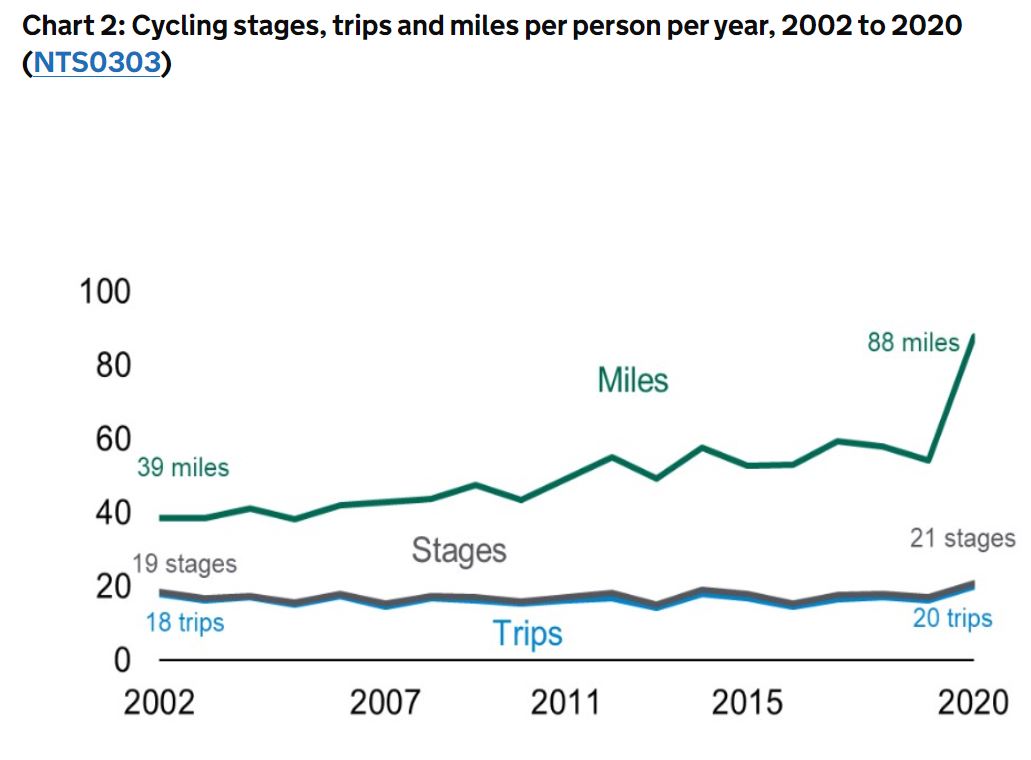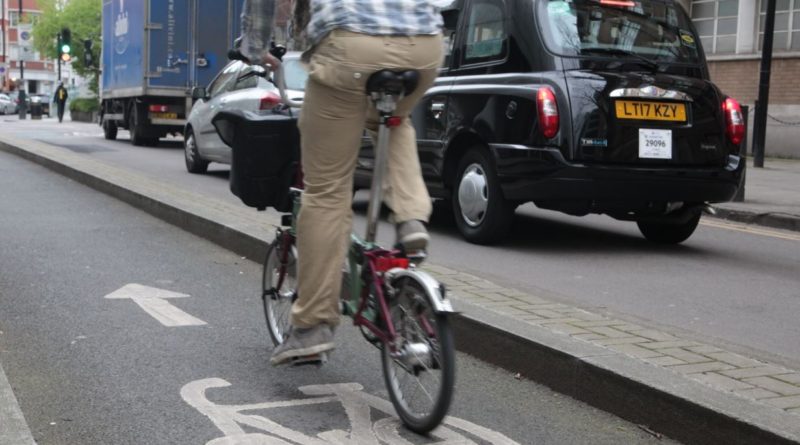No new money for Active Travel England as £2Bn budget stretches thin
Trudy Harrison, the new Parliamentary Under-Secretary at the Department for Transport has this week confirmed that the budget for Active Travel England will be drawn from the existing £2 billion cycling and walking budget, as announced in July 2020’s Gear Change Document.
Responding to shadow Minister Rachael Maskell’s questioning in Parliament on sufficient funding for Active Travel England, Harrison said: “Active Travel England will be funded from the £2 billion cycling and walking budget announced in Gear Change in July 2020, and will be sufficiently resourced to deliver its functions. It will have its headquarters in York, consistent with the Government’s commitment to level up the country and locate more Civil Service roles outside of London and the South East. Around 20 staff will be based in York, but the organisation will have a nationwide presence with teams based throughout England.”
Given the limited budget and depth of content it is expected to cover there may have existed hope that fresh funding would have been made available to assist interim leader Chris Boardman and a soon to be appointed team of 20 in York.
The Government is at present still recruiting to bulk out the leadership team, just recently posting this £90,000 salary Director of Inspections role.
 Ultimately, the Government’s goal remains to “double cycling and increase walking by 2025”, an ambition that has been helped by the most recent data reporting on the Covid era, which provided favourable cycling conditions such as traffic free roads and a Government allowance for cycling as a form of exercise. However, traffic levels have since returned at a rapid pace and there are signs appetite for cycling has suffered as a result, in particular where safe routes have been removed.
Ultimately, the Government’s goal remains to “double cycling and increase walking by 2025”, an ambition that has been helped by the most recent data reporting on the Covid era, which provided favourable cycling conditions such as traffic free roads and a Government allowance for cycling as a form of exercise. However, traffic levels have since returned at a rapid pace and there are signs appetite for cycling has suffered as a result, in particular where safe routes have been removed.
The £2 billion active travel budget has been stretched thinly to date, equating to approximately £400 million a year of the parliamentary term, though the original plotted £257 million spend in 2021 was bumped to £338 million in 2021.
Opposition MPs and peers tend to agree that the funding is not enough to make a meaningful difference; Labour MP Ruth Cadbury previously stating “I think it’s true that £2 billion is a massive start, but it’s not enough. Let’s see the difference that the funding we do have begins to make.”
The budget stretch has thus far been spread across both walking and cycling projects, covering everything from the £250 million bike repair voucher scheme, annual (approx £18 million) BikeAbility training costs for all English kids, the £225 million Emergency Active Travel Fund (on which plenty was spent on infrastructure, but much later removed), various schemes to test the water on electric bikes and electric cargo bikes, associated salaries and plenty more. Some removal of cycling infrastructure has since been legally challenged with a notable victory recently seen in the High Court for Cycling UK.
For context, the cycling and walking budget was 13.5 times smaller than the broader roads budget, something that has come under scrutiny, in particular in light of active travel light COP26 pledges on the climate.
Upon announcing the Gear Change document’s contents post election, Prime Minister Boris Johnson spoke of “thousands off kilometres of new bike paths” to be laid in the Conservative Government’s term, a claim that mathematically was dubious. A kilometre of high-standard cycle lane costs approximately £1.45 million to lay and, with all expenses past, present and future considered, the money to hit what is considered in the cycling industry to be priority number one is rapidly diminishing.
CI.N’s 2022 market study, 79% of UK bike shops consider safe cycling infrastructure to be priority number one in new cyclist creation and without it, many are put off soon after they begin. This report is to be available to buy from next week.
A division of Emergency Active Travel spend in England split by local authority can be found here. It is noteworthy that those who showed little ambition on active travel, or those who removed successful schemes will now face a budget penalty on future cash allocations.
In Scotland the leading political parties have stressed they do not believe the active travel spend to be high enough to achieve results, with many setting out a stall for 10% of the transport budget to be spent here. In Wales just £75 million was allocated in 2021.



